Simplicity 621-401-008 User manual
Other Simplicity Sewing Machine manuals
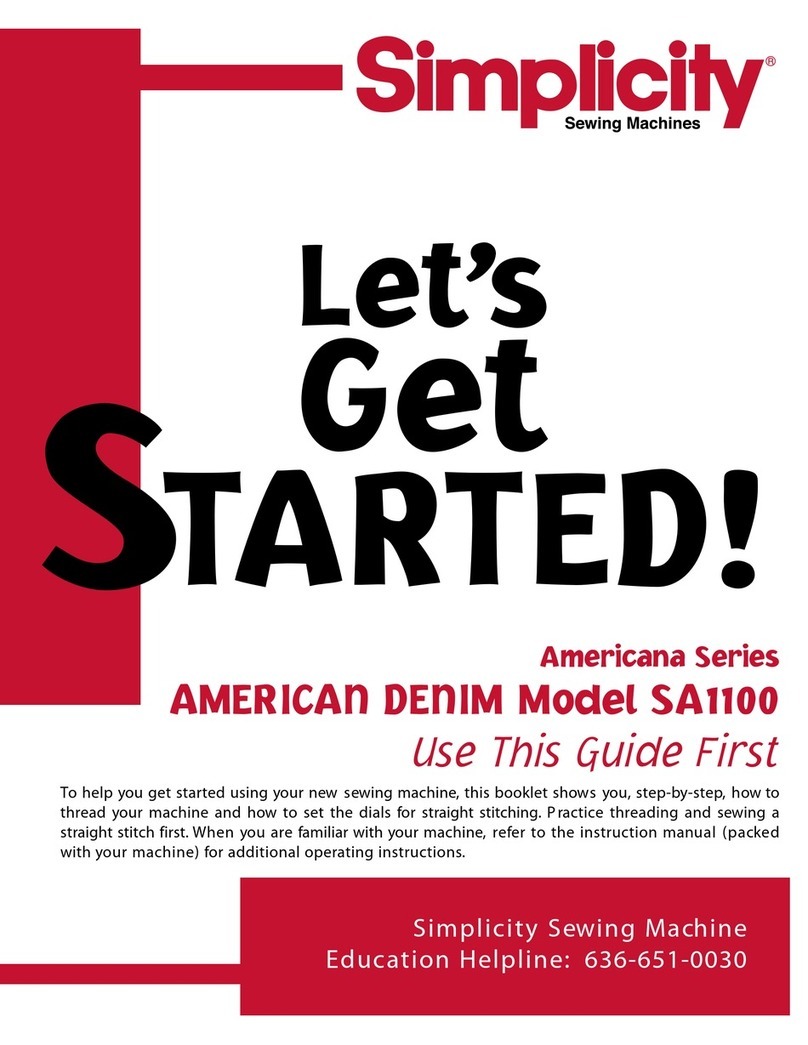
Simplicity
Simplicity American Denim SA1100 User manual
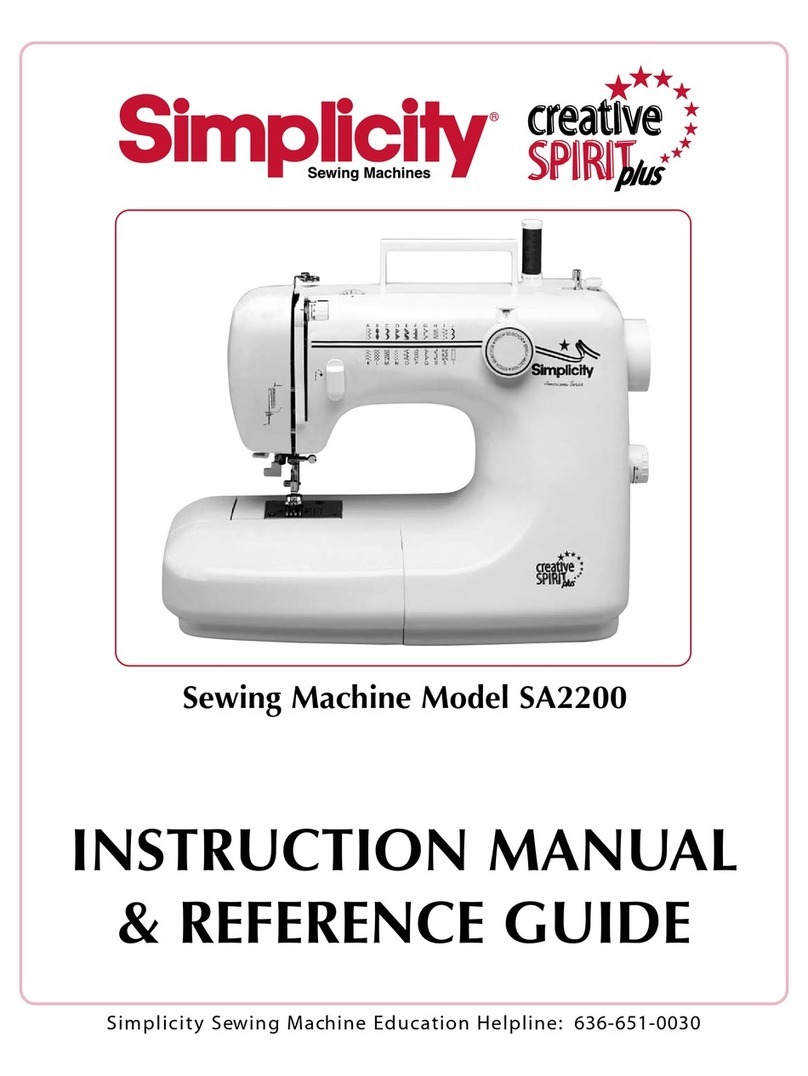
Simplicity
Simplicity SA2200 User manual

Simplicity
Simplicity DenimStar sw210 User manual

Simplicity
Simplicity Serge Pro SW432 User manual

Simplicity
Simplicity Serge Pro SW432 User manual
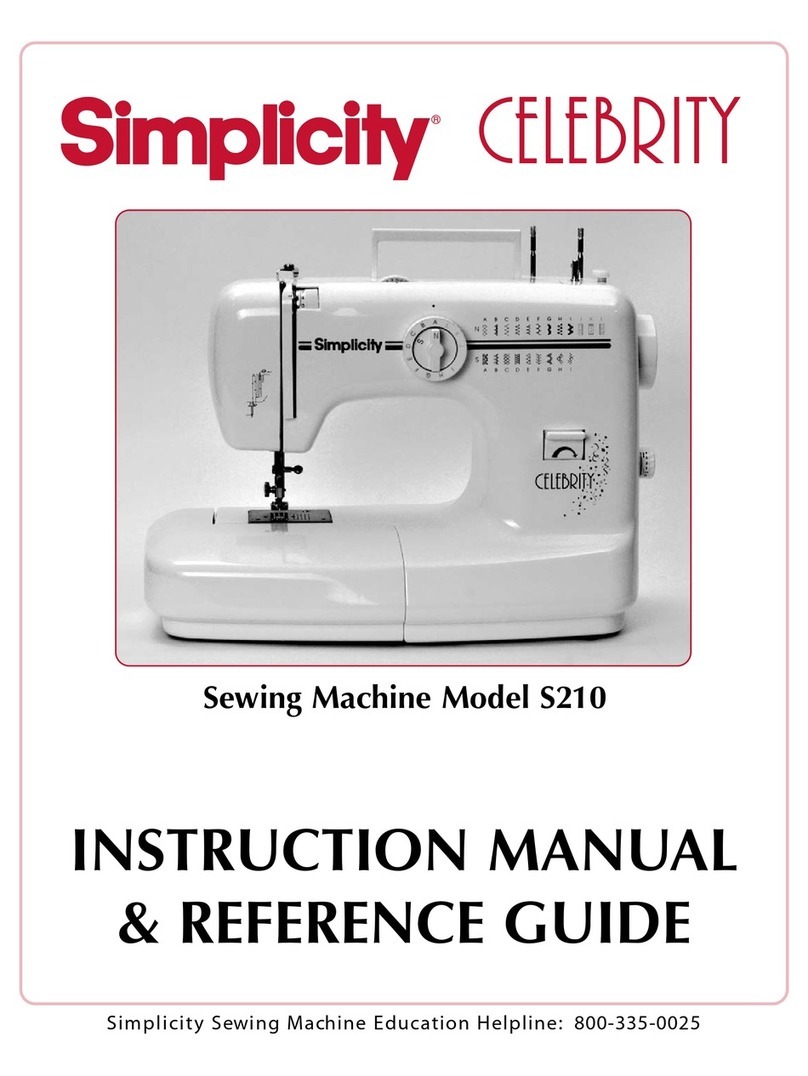
Simplicity
Simplicity S210 User manual

Simplicity
Simplicity Fashion Pro SW2145 User manual
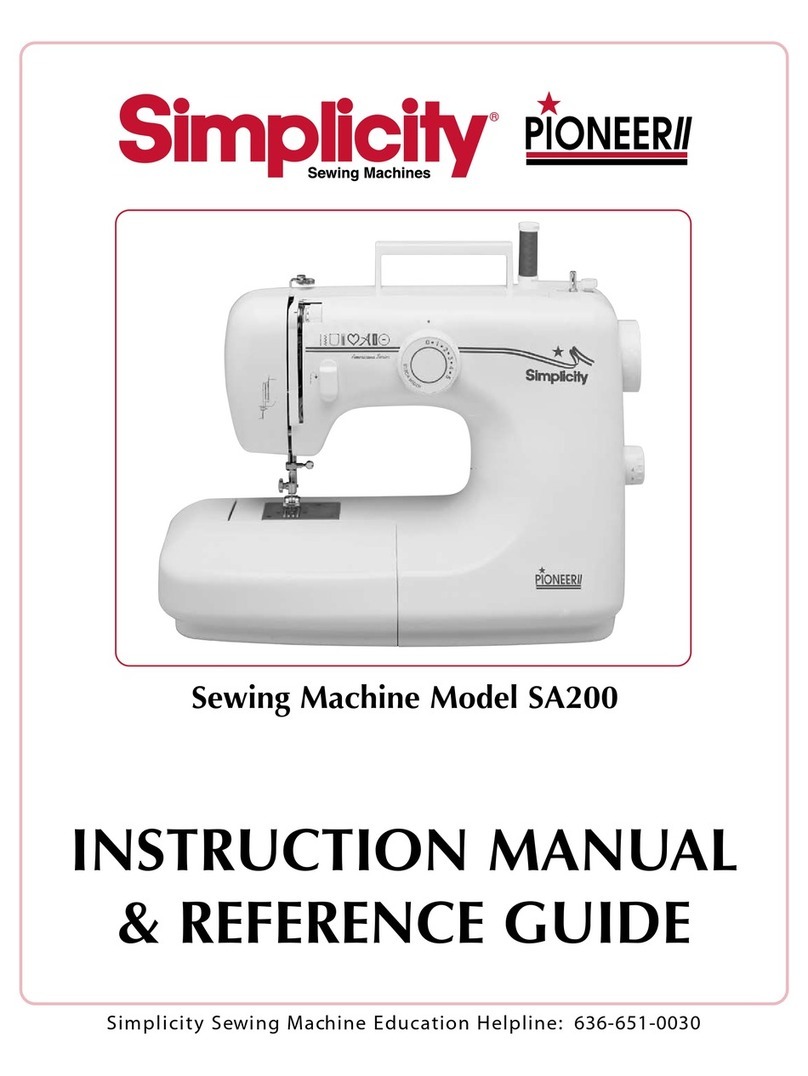
Simplicity
Simplicity SA200 User manual
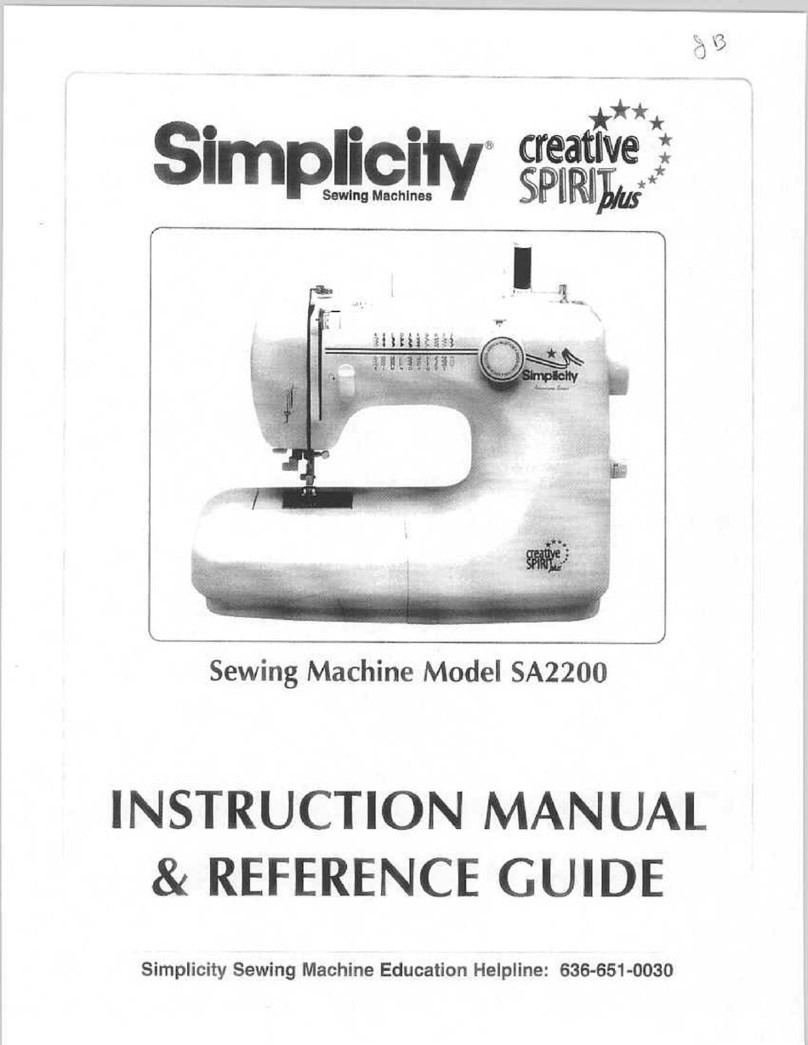
Simplicity
Simplicity Creative Spirit Plus SA2200 User manual
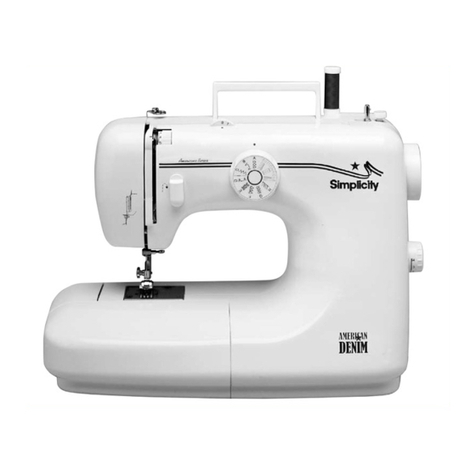
Simplicity
Simplicity American Denim SA1100 User manual



























